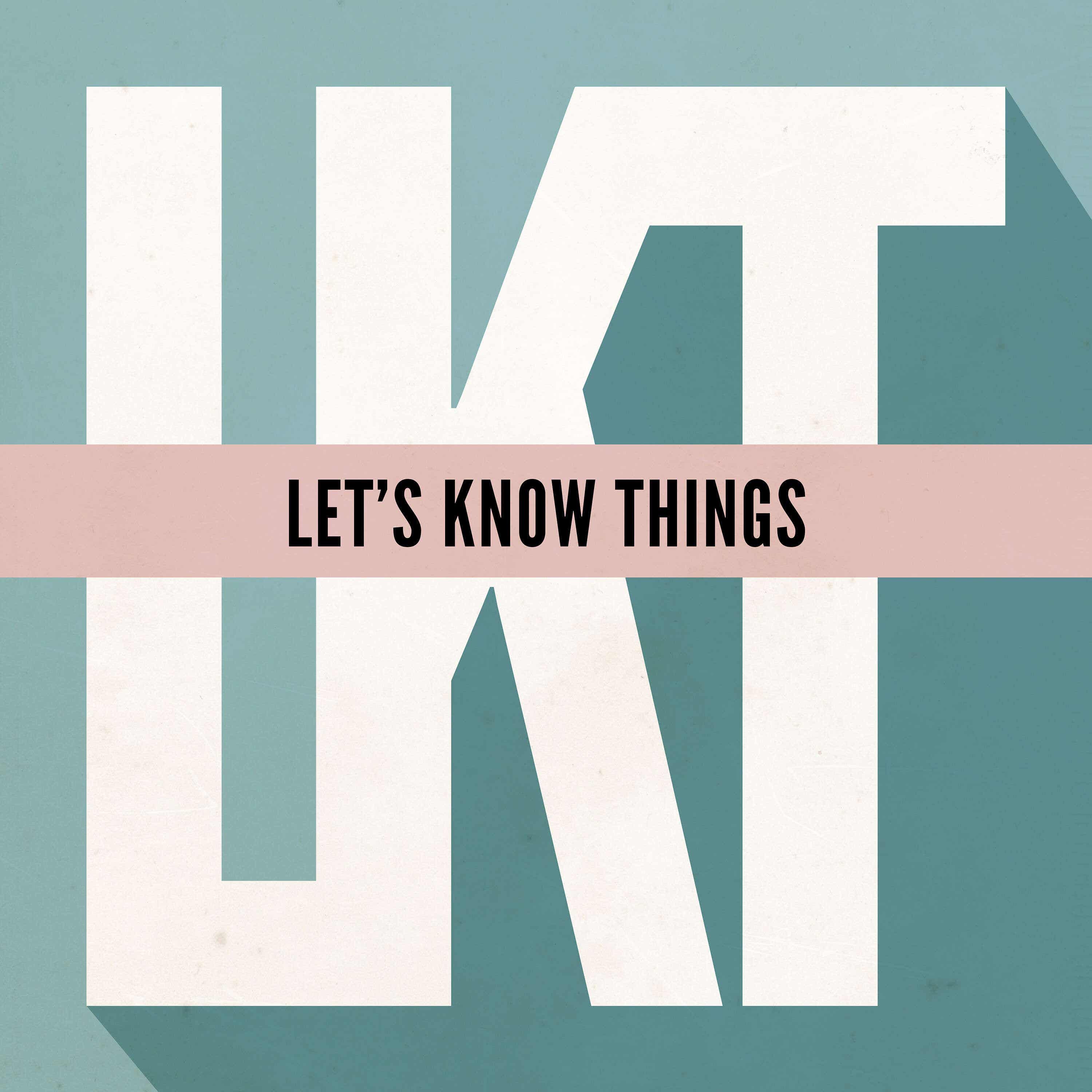Panama's Copper
Description
This week we talk about renewables, open-pit mines, and the Bronze Age.
We also discuss the Cobre mine, First Quantum, and environmentalism.
Recommended Book: The Possibility of Life by Jaime Green
Transcript
Depending on whose numbers you use, and where you choose to place your chronological brackets, the Chalcolithic, or Copper Age, began around 5,000 BCE, around 7,000 years ago, with the smelting of copper at high temperatures.
The oldest confirmed and dated site relevant to the beginning of this age is in Serbia, though this capability seems to have been developed, independently, at various places around the world within a few thousand years of each other, including China, North America, in the Great Lakes region, and in what is today Pakistan, as well, among other locations.
The process of smelting copper that was practiced in Eurasia, in what we might today call Central or Eastern Europe and Western Asia, slowly moved the continent out of the Neolithic period, which was largely defined by humanity's construction of organized settlements, widespread adoption of agriculture and animal domestication, and large-scale pivot away from nomadic, hunter-gatherer-style ways of living.
Folks at that time were also getting a lot of mileage out of early ceramics and stone tools, alongside all sorts of ornaments and artworks made of these and other materials that required skill and some level of technology to use, but which didn't require metallurgy.
Humans were still using a lot of stone tools during this period, then, but started to include heat-worked copper elements into their tools, as well.
So the Copper Age saw the development of very basic metallurgy by many interconnected groups throughout this part of the world, and though some early writers on the subject grouped the use of copper and bronze together, defining a much larger period as the Bronze Age in an undifferentiated way, modern scholarship on the matter, beginning in the late 19th-century, breaks them apart into the earlier Copper and subsequent Bronze Ages because the manipulation and use, and often then the heavy reliance on copper tended to segue a society, eventually, toward bronze, the latter being more difficult to wield, and the former generally serving as a transitional sort of technology.
And that's because copper is one of the rare metals that naturally occurs in a usable form in the Earth: so folks were using copper for a variety of purposes as far back as 8,000 BCE-ish, but we tend to use the smelting of copper as a delineation for the eponymous age, because that's when humans started to really work it, having become capable of building the technologies required to reach the requisite heat levels, and to control the metal and shape it, rather than simply finding it in its raw form and using chunks or slivers of it for decoration or weaponry-related purposes.
Bronze is an alloy consisting of copper and tin, and the proper melding of these two metals makes the resulting substance, bronze, a lot more durable, resistant to environmental wear, and more capable of holding its shape: that also means it's a lot more difficult to work, if you want to make things out of it, but it also made things like armor and sword edges dramatically more effective, which is why when civilizations learned how to work it and built the infrastructure necessary to do so on scale, they tended to do pretty well, in terms of military victories and economic competition, compared to their bronze-less neighbors.
Copper, though in some ways replaced by its alloys, like bronze, for many use-cases throughout history, has continued to be incredibly useful for a broad range of purposes, and what I'd like to talk about today is the closure of a copper mine in Panama, and the predicted global copper shortage we may soon face.
—
In the latter-half of 2022, the International Copper Study Group, or ICSG, reported that they expected a copper surplus of around 155,000 tonnes on the global market
More Episodes
This week we talk about neural networks, AGI, and scaling laws.
We also discuss training data, user acquisition, and energy consumption.
Recommended Book: Through the Grapevine by Taylor N. Carlson
Transcript
Depending on whose numbers you use, and which industries and types of investment those...
Published 11/19/24
Published 11/19/24
This week we talk about the Double Reduction Policy, gaokao, and Chegg.
We also discuss GPTs, cheating, and disruption.
Recommended Book: Autocracy, Inc by Anne Applebaum
Transcript
In July of 2021, the Chinese government implemented a new education rule called the Double Reduction Policy.
This...
Published 11/12/24


